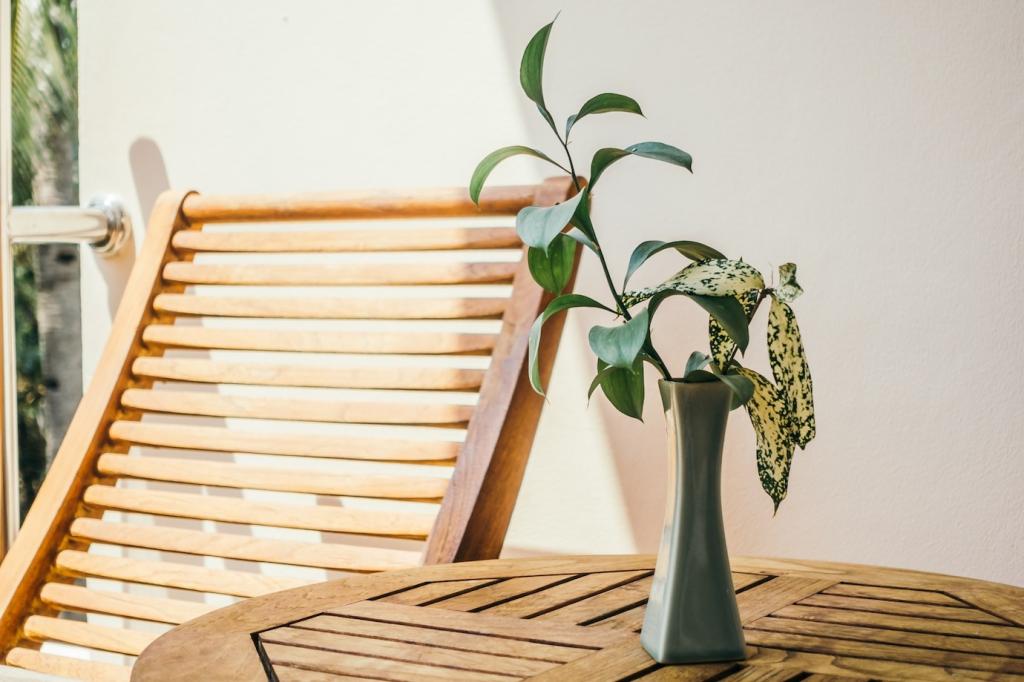Discover how environmentally conscious color choices can redefine contemporary living spaces. Eco-friendly color palettes not only reflect a commitment to sustainability but also foster a sense of tranquility and warmth. By embracing mindful color schemes, designers and homeowners can create interiors that feel fresh, modern, and respectful of nature. This page offers insights into how these natural-inspired palettes are emerging as the new standard in modern design, enhancing aesthetics while supporting a greener planet.
The Importance of Eco-Friendly Colors
Sustainable pigments play a pivotal role in crafting eco-friendly color palettes. Traditional paints can often contain synthetic pigments and toxic chemicals, releasing harmful emissions over time. In contrast, eco-friendly paints use natural mineral or plant-based pigments that are safe for the environment and indoor use. These sustainable options come in various earthy and muted tones, including warm terracottas, gentle greens, and serene blues. Using such pigments not only reduces one’s ecological footprint but also brings a subtle authenticity and depth to modern interior spaces, supporting both style and sustainability.

Trends in Modern Eco-Conscious Design
Biophilic Color Integration
Biophilic design celebrates the innate human attraction to nature by seamlessly integrating natural colors within interior spaces. Palettes drawn from lush vegetation, clear skies, and raw earth create environments that mimic the serenity of the outdoors. These color choices extend beyond mere trend—they foster a sense of balance, encouraging occupants to feel more connected with nature. Implementing biophilic colors can be as simple as painting walls in forest green or as subtle as adding mossy undertones to accessories, ultimately resulting in interiors that invite restoration and inspiration.
Upcycled Accents with Earthy Tones
Upcycled décor has become synonymous with contemporary eco-conscious design. Repurposing furniture or materials and refreshing them with non-toxic, earthy-toned paints offers a double benefit: reducing waste and enhancing interior character. Mustard yellows, deep olives, and soft browns pair beautifully with the imperfections of reclaimed wood or recycled metals, creating a harmonious blend of modernity and nostalgia. These accents bring authentic personality to a space, demonstrating that sustainability and style are not mutually exclusive but rather mutually enhancing.
Minimalism Meets Sustainable Color
Minimalism continues to be a defining feature of modern interiors, and when paired with sustainable color palettes, it produces serene, uncluttered spaces with a conscious footprint. Opting for a restrained selection of soft organic shades—like off-whites, light greys, or pale taupes—accentuates natural light and keeps interiors feeling open and airy. This minimalist approach advocates for quality over quantity and places emphasis on responsibly sourced finishes, ensuring that every color choice is both intentional and eco-minded. The result is a tranquil environment attuned to the rhythms of both human life and the natural world.
Curating the Perfect Eco Palette
Layering a range of natural neutrals is a technique that brings depth and sophistication to eco-conscious interiors. Think subtle gradations of sand, taupe, ivory, and wheat, each amplifying the unique qualities of natural light and organic materials. These hues act as a versatile backdrop that allows accent pieces—such as sustainably made furniture or artisanal textiles—to truly shine. In addition, using multiple neutral shades creates visual interest without overwhelming the senses, setting the stage for a tranquil, grounded living environment that feels harmonious and enduring.
Eco-friendly palettes are not limited to muted tones—bold, vibrant greens and calming blues can energize and soothe with equal impact. Deep emeralds and rich teals echo lush foliage and serene waterways, infusing spaces with life and movement. These colors can be applied to feature walls, cabinetry, or statement decor elements for maximum effect. Meanwhile, airy sky blues and gentle aquas reinforce a sense of openness and peace. Whether used boldly or subtly, these hues reaffirm the link between our interiors and the larger natural world outside.
Introducing warm accent hues such as terracotta, ochre, and soft blushes can transform an eco-friendly palette from simple to stunning. These colors draw inspiration from sun-drenched landscapes and earthen pigments, adding a touch of vibrancy while maintaining a connection to nature. When layered over a foundation of neutral or cool shades, warm accents provide balance and visual interest. They can be incorporated through painted furnishings, textiles, or décor accessories crafted from sustainable materials, inviting comfort and personality into any modern interior.
